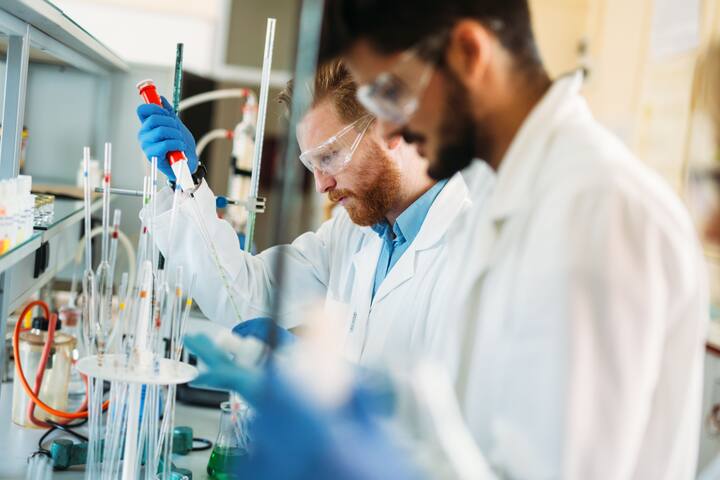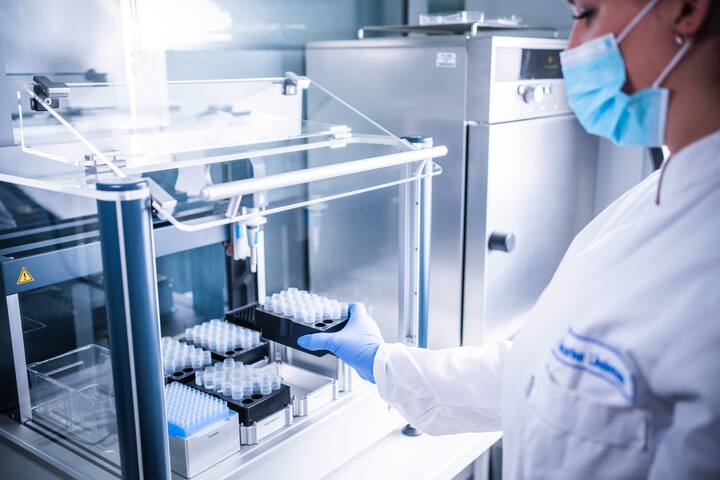
Leading in Contaminants and Residues Analyses
Contaminants and residues analysis
Contaminants or impurities are substances that unintentionally end up in food and feed. Maximum values have been set for many contaminants and residues to protect the consumer against overexposure. For maximum values of contaminants, the European Regulation No. 1881/2006 is applicable.
Contaminants and residues in short
Determine contaminants and residues
A variety of analyses can be conducted
Contaminants
Contaminants or impurities can enter food and feed at various stages—during production, processing, packaging, transport, storage, or through environmental exposure. Each substance has its own toxicity profile, and depending on these values, exposure may pose a risk to human or animal health. Food products containing contamination levels that are harmful to consumers are not allowed to be sold.
Residues
Our diet may contain trace amounts of pesticides or veterinary medicines that remain after the treatment of crops or animals. These are known as residues. The Maximum Residue Limit (MRL) sets the highest level of a pesticide or veterinary medicine legally permitted in a food product.
Frequently requested chemical contaminants
Contaminants linked to the process of food manufacture, such as Acrylamide, Benzene, Poly Aromatic Hydrocarbons (PAHs)
Environmental contaminants, such as Dioxins and PCBs, heavy metals
Agricultural contaminants such as Mycotoxins, Nitrate, and Alkaloids
Others, such as Fipronil, Mineral oil
We are happy to help you in determining contaminant and residue values.
These services might also be of interest to you
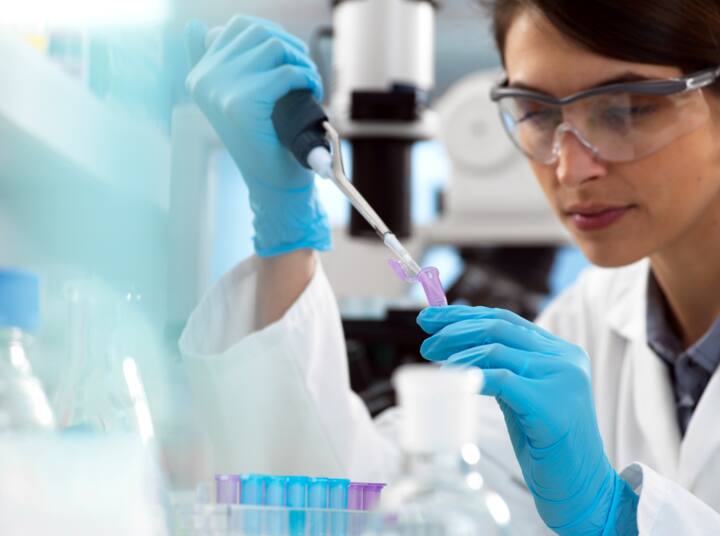
Allergens
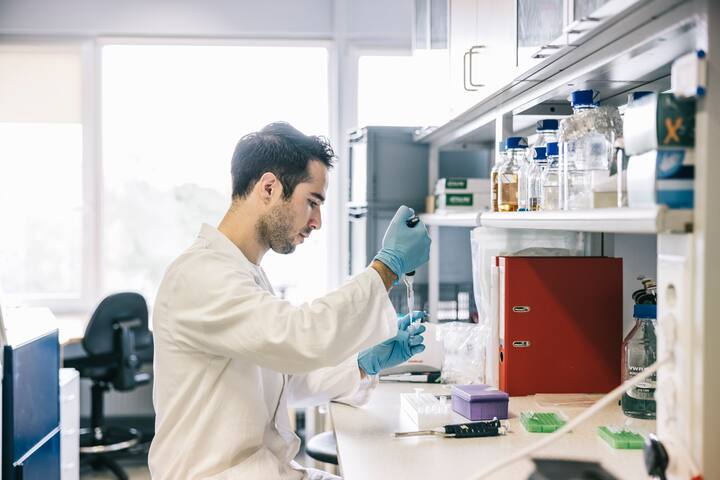
Chemical decay
Leading companies in this service
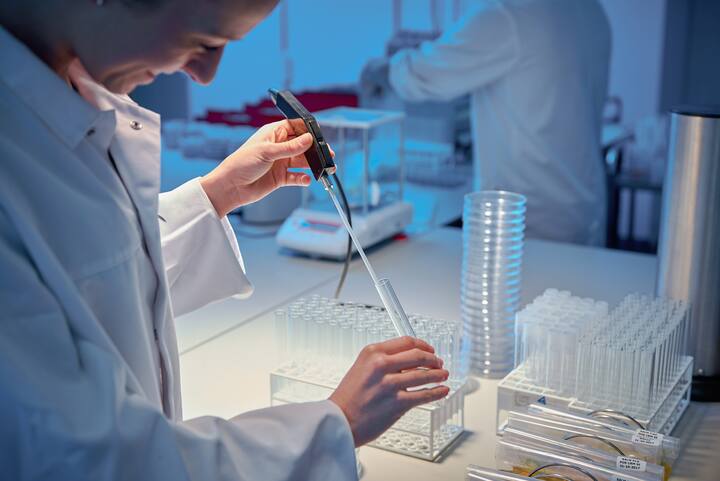
Normec Foodcontrol
Wetteren Belgium
Do you want to create a safe and healthy working and living environment?
FAQ
Frequently asked questions
Contaminants are substances that unintentionally enter food and feed through production, processing, packaging, transport, storage or environmental sources. Residues are small amounts of pesticides or veterinary medicines remaining after crop or animal treatment.
Common contaminants include processing-related substances (acrylamide, benzene, PAHs), environmental pollutants (dioxins, PCBs, heavy metals), agricultural contaminants (mycotoxins, nitrates, alkaloids), and others like fipronil and mineral oils.
